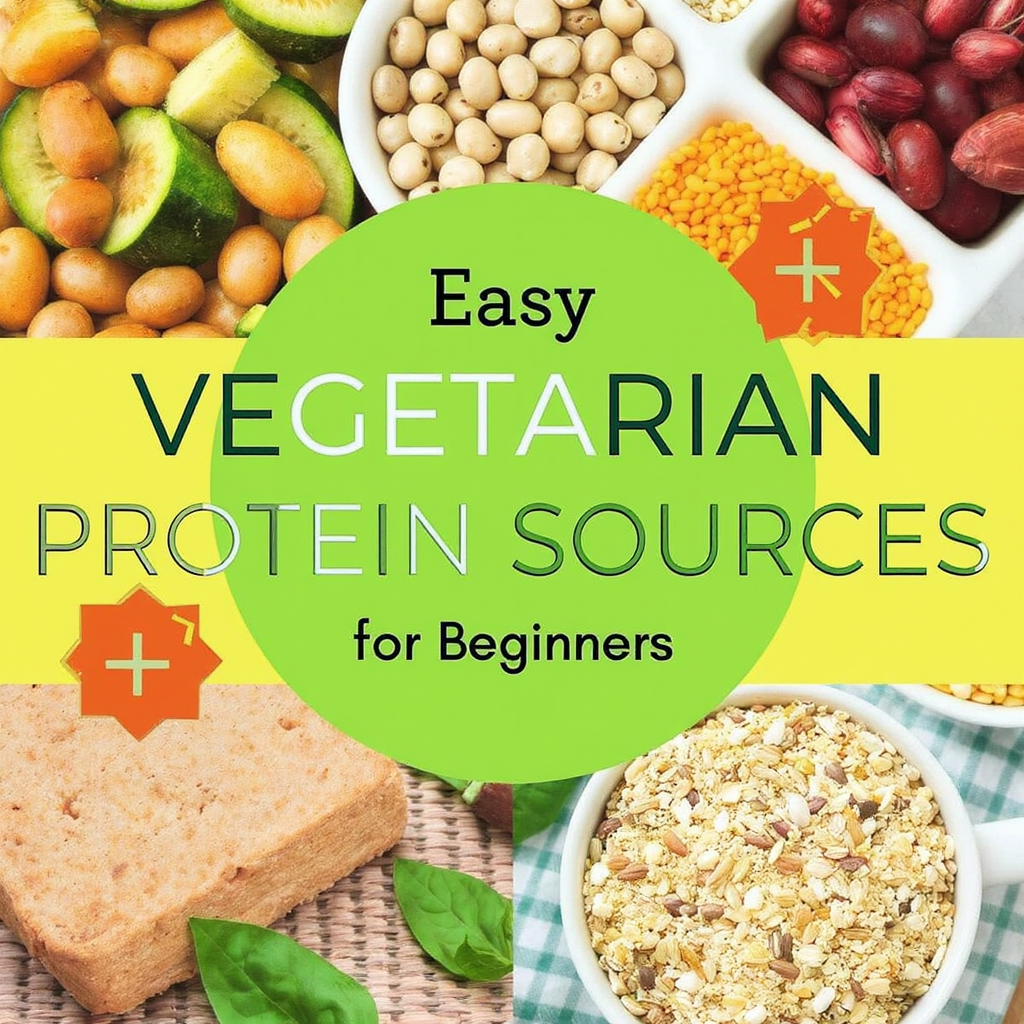Natural Remedies & Herbal Treatments
Natural Strategies to Lower Cholesterol – Expert Guide2025
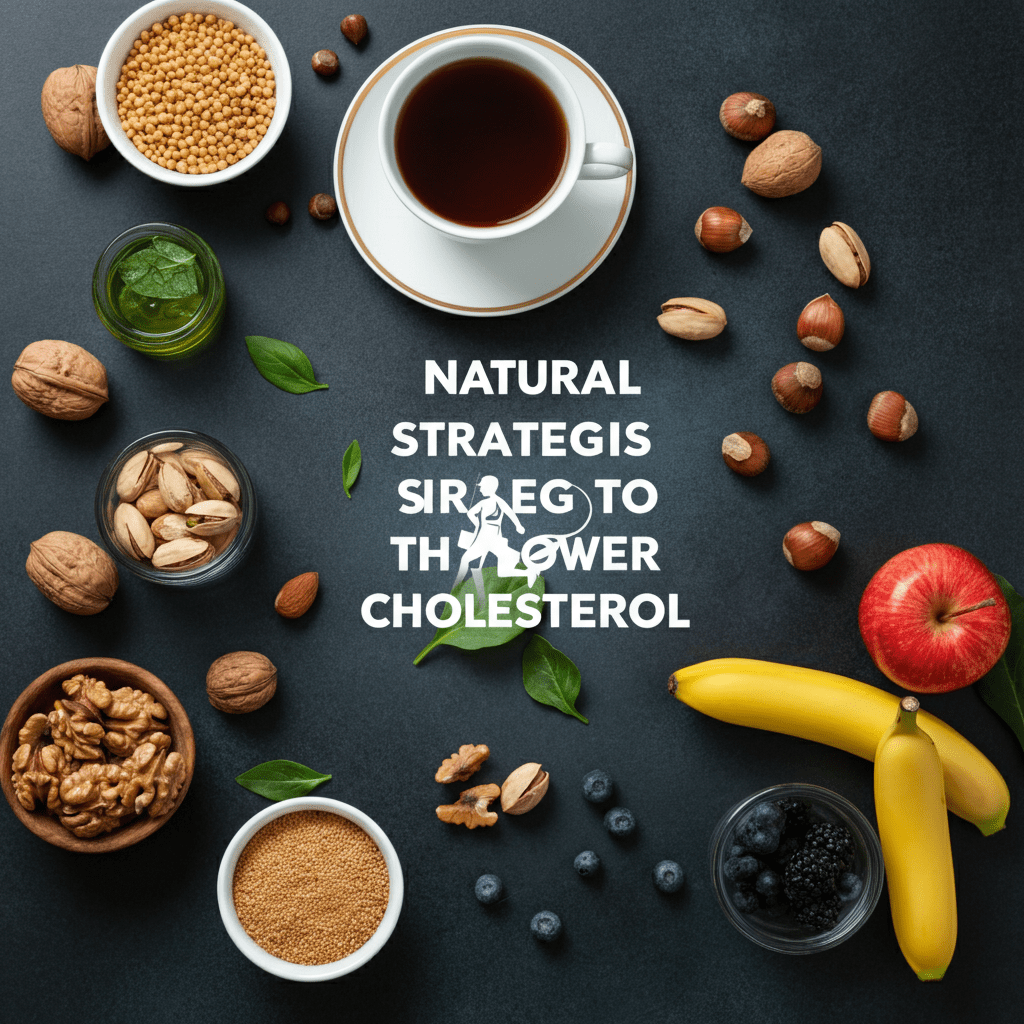
Table of Contents
Cholesterol is a vital lipid, without which hormones could not be produced, cellular membranes could not be synthesized, and metabolism could not be sustained. Nevertheless, excess of the incorrect lower cholesterol, especially low density lipoproteins (LDL), may substantially impair cardiovascular condition, damage to the arteries, and limited blood circulation. In the current world, where heart disease emerges as the leading killer disease, knowledge of cholesterol and its control is the key to healthy longevity. Although prescription drugs can be used to lower cholesterol levels, many people have shown interest in using natural methods to enhance their cardiovascular fitness.
It will be a guide that will enable you to regain control of your cholesterol through cholesterol-friendly dietary modifications, regular physical exercises, and positive cognitive lifestyle changes. We will take you through the science of cholesterol metabolism, offer 20 natural interventions proven to support high cholesterol, and present cardiology expert thoughts to lead you in caring about cholesterol. These big, mindful decisions as adding fiber-rich foods, stress-management practice, and optimizing routine can have an extremely powerful effect in the long-term. With such natural strategies, you are not only lowering cholesterol levels but also making a deposit on a healthy, active, long life.
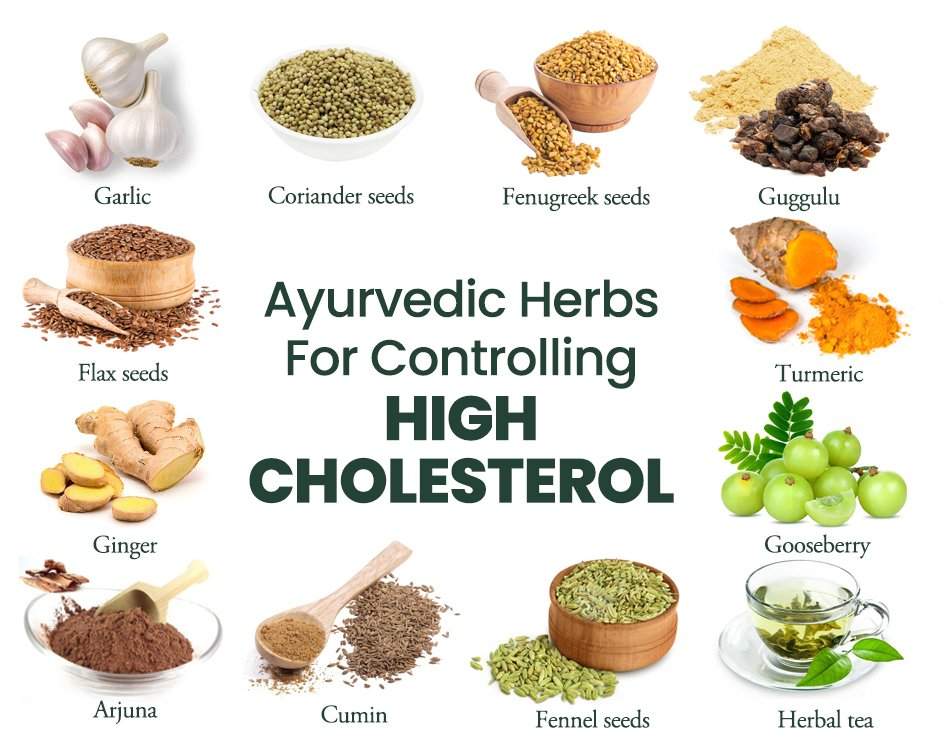
Cholesterol Types and Health Implications
Figuring out cholesterol is the initial step in making an effective management. The principal categories of cholesterol are:
1. The Bad Cholesterol is Low-Density Lipoprotein (LDL).
The LDL cholesterol is commonly referred to as bad cholesterol since it may cause the deposits of the plaque in the arteries. It exposes one to heart attack, stroke, and other cardiovascular diseases.
2. High-Density Lipoprotein (HDL)- The Good Cholesterol
The HDL cholesterol is referred to as the good cholesterol as it helps in ferrying away the LDL cholesterol in your arteries back to your liver where it can be broken in the liver and eliminated.
3. Triglycerides
They are another kind of fat that is present in your blood. When you have elevated triglyceride levels and low levels of HDL, or high levels of LDL, the risk of metabolic and cardiovascular complications in body functions increases greatly.
One should ensure there is a good balance in the level of these two types of cholesterol in order to have a healthy heart.
20 Evidence-Based Natural Intervention Methods
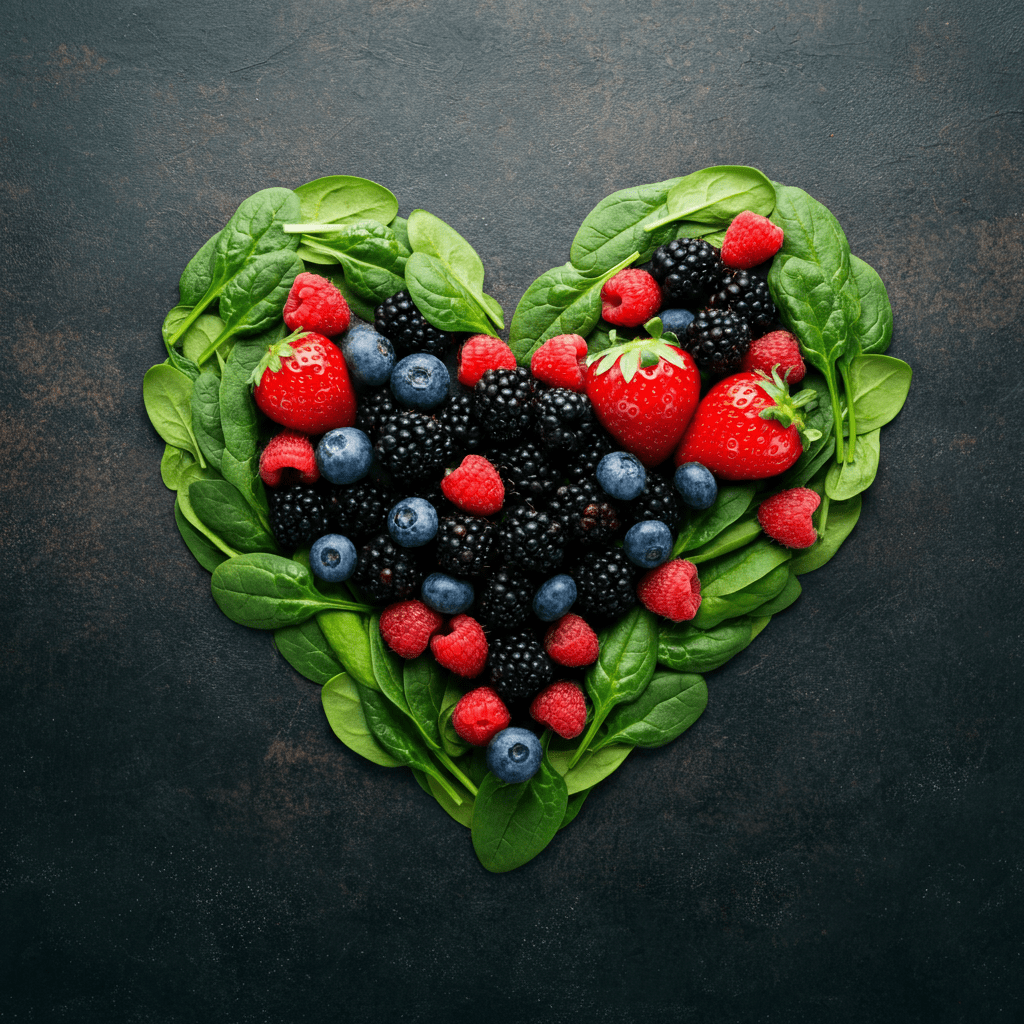
1. Adopt a Heart-Healthy Diet
High Fiber: Foods rich in soluble fiber, like oats, beans and barley, maintain the level of LDL cholesterol low. More Omega-3 Fatty Acids: Omega-3 fatty acid increases HDL and decreases triglycerides, and can be obtained in fatty fish such as salmon, walnuts, and chia seeds. Reduce the Saturated Fats: Limit the fatty meat and full fat dairy products to prevent the increase of LDL cholesterol. Put in Plant Sterols and Stanols: This holds off the intake of cholesterol by blocking ways of intake through fortified foods such as margarine.
2. Choose Healthy Fats
Replace trans fats and saturated fats with monounsaturated fats found in avocados, nuts, and olive oil.
3. Lose Excess Weight
Even a modest weight loss of 5-10% can significantly lower LDL cholesterol levels and improve overall heart health.
4. Exercise Regularly
Aim for at least 150 minutes of moderate aerobic activity each week, such as brisk walking, swimming, or cycling. Exercise helps raise HDL cholesterol and lower LDL.
5. Quit Smoking
Smoking damages blood vessels and lowers HDL cholesterol. Over time, quitting smoking can improve HDL levels and enhance cardiovascular health.
6. Limit Alcohol Intake
Excessive alcohol can raise triglycerides. Stick to moderate drinking—one drink per day for women and two for men.
7. Reduce Stress Levels
Chronic stress affects cholesterol levels indirectly by promoting unhealthy eating and raising cortisol.
8. Add Garlic to Your Diet
Studies suggest that garlic may slightly lower LDL cholesterol when consumed consistently.
9. Try Supplements
Niacin: Can increase HDL levels.
Psyllium Husk: A natural soluble fiber that lowers LDL when taken as a dietary supplement.
10. Drink Green Tea
Rich in antioxidants, green tea can help reduce LDL cholesterol and improve blood flow.
11. Include Probiotics
Healthy gut bacteria may influence cholesterol metabolism. Consume yogurt, kefir, or probiotic supplements for gut health.
12. Go Vegetarian (or Reduce Meat)
A plant-based diet has been proven to reduce LDL cholesterol dramatically while raising HDL.
13. Avoid Refined Carbs
High sugar intake raises triglycerides. Reduce consumption of candy, pastries, and sugary beverages.
14. Add Citrus Fruits
Citrus fruits like grapefruits contain pectin, a soluble fiber that helps lower cholesterol.
15. Cook with Spices
Spices like turmeric and cinnamon have been shown to improve lipid profiles when used regularly.
16. Hydrate Properly
Dehydration can negatively impact metabolic processes, including lipid regulation.
17. Eat Dark Chocolate
Rich in flavonoids, dark chocolate in small quantities may reduce LDL and boost HDL.
18. Follow a Mediterranean Diet
This diet emphasizes whole grains, fatty fish, olive oil, and plenty of fruits and vegetables.
19. Monitor Your Cholesterol Regularly
Keeping tabs on your cholesterol levels allows you to adapt your strategies as needed.
20. Get Quality Sleep
Good sleep hygiene is essential, as poor sleep is linked to higher LDL and triglycerides.
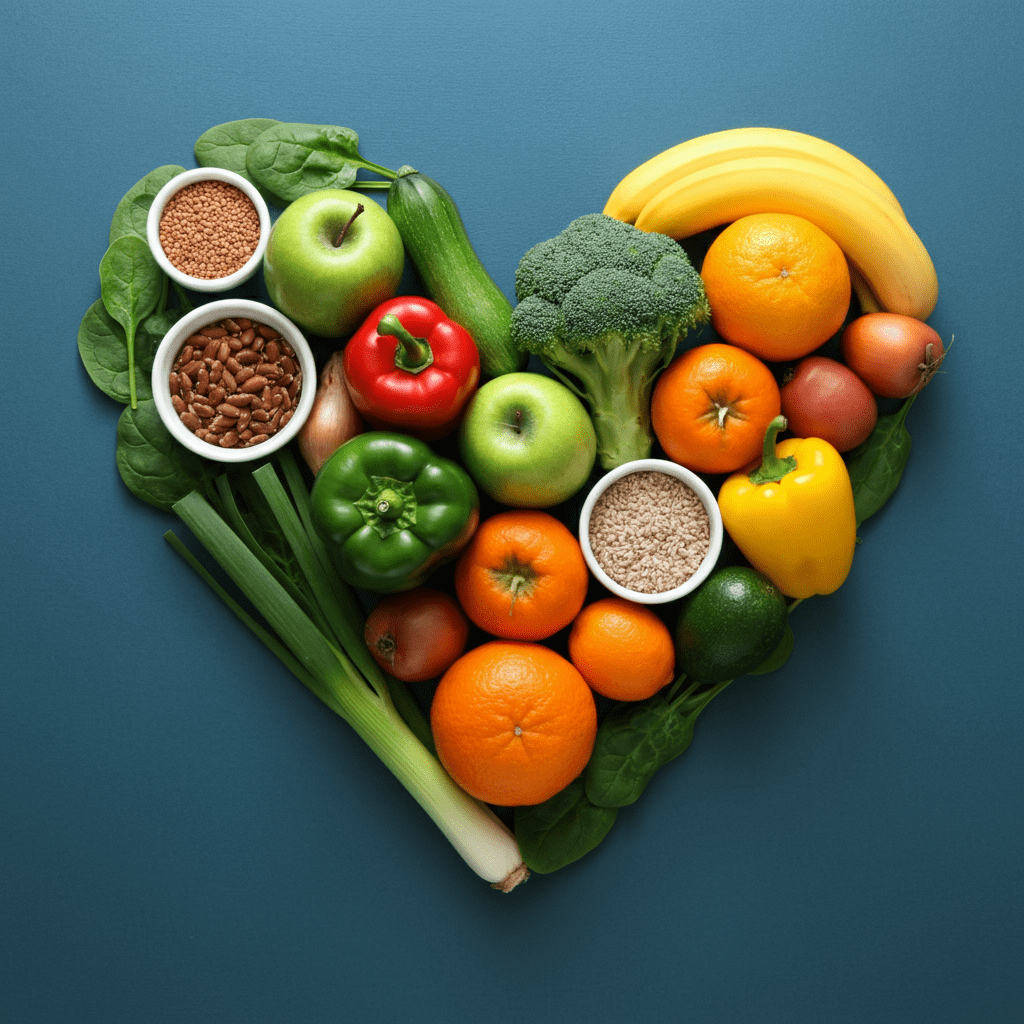
The Role of Genetics and Lifestyle
In other people, high levels of cholesterol may be partially blamed on hereditary disorders such as familial hypercholesterolemia. There is no denial you cannot modify your DNA, but it is the natural intervention that is particularly important in preventing inherited risks. The most hopeful option of dealing with cholesterol is to ensure that a combination of lifestyle changes comes hand in hand with medical recommendations.
Monitoring Your Progress
It is important to monitor the level of cholesterol frequently to know how the efforts are going on. Organize regular blood tests to gauge the level of LDL, HDL, total cholesterol, and the amount of triglyceride in your blood. Journaling such results as the years pass will enable you to pick up trends and make decisions regarding your health. Also, it is recommended to track the additional parameters of cardiovascular health, i.e. the blood pressure, weight, to have a more complete picture of your progress. Be proud of little achievements and be propelled to continue with good behaviors.
Keep in mind that it is all about consistency to strive towards improved cardiovascular health. Sometimes small and sustainable changes bring about more permanent outcomes as compared to drastic short-term projects. Add heart-healthy foods such as leafy vegetables, whole grains, lean meat, and healthy oils to your diet. Also, make it a priority to engage in physical exercise, and at least 150 minutes of moderate-intensity exercise every week should be the goal suggested by health professionals. You can also establish a balanced routine that you will be able to follow, and this will prepare you to succeed in the long term with a better well-being.
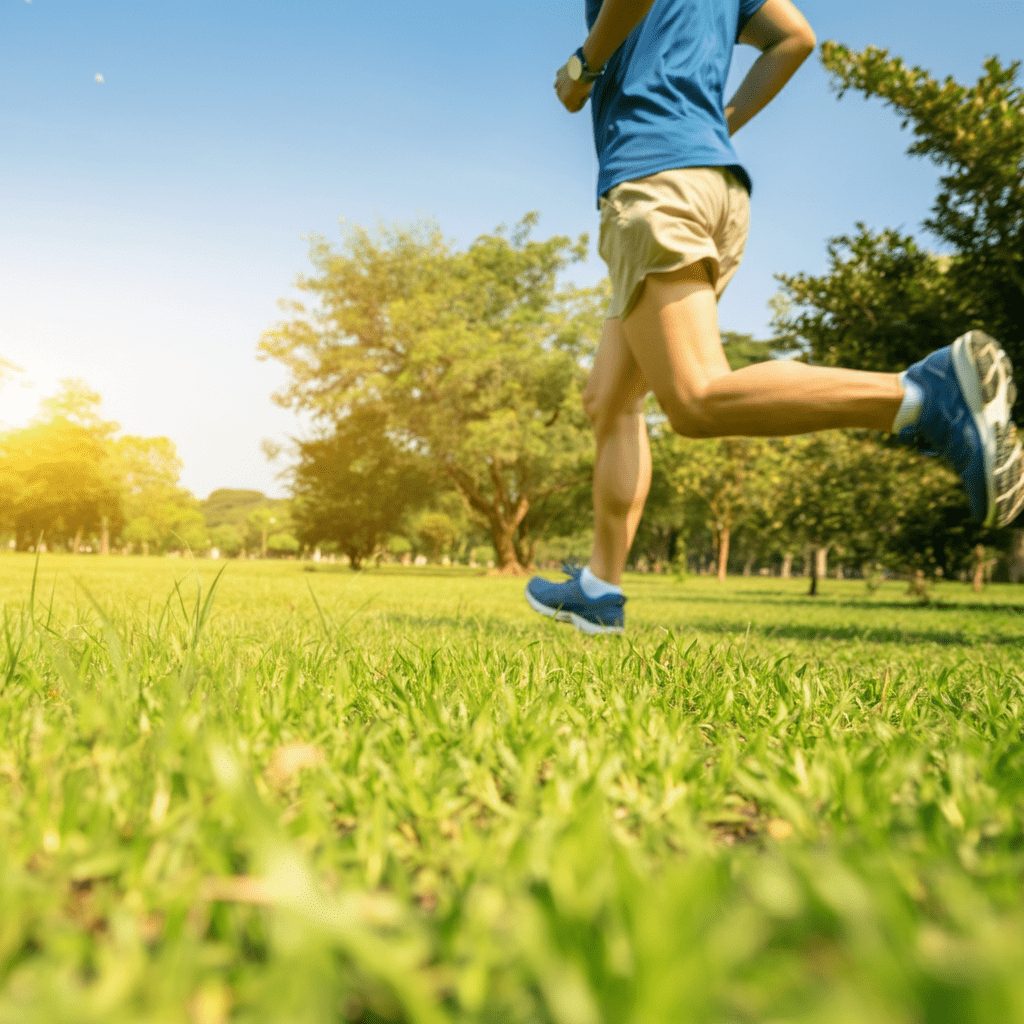
Expert Insights
The specialists in cardiology underline the role of individual approach to the management of cholesterol. Dr. John Williams, a top-level cardiologist, recommends you instead bet on sustainable changes, i.e. small, regular habits that you can keep in the long run. When natural strategies are combined with regular check-ups, they can have an imposing effect.”
Research can support this. One study published in the Journal of Cardiovascular Health concluded that LDL cholesterol decreased by as much as 30 percent during the first six months in adults who made changes in food and exercise in combination with stress management programs (2024).
People Also Ask (PAA)
1. What are the best foods to lower cholesterol naturally?
Foods rich in soluble fiber—like oats, lentils, and apples—along with omega-3 fatty acids and nuts, are ideal for lowering LDL cholesterol levels.
2. How does exercise impact cholesterol levels?
Exercise boosts HDL cholesterol while lowering LDL cholesterol and triglycerides. Aim for at least 150 minutes of moderate activity weekly.
3. Can genetics affect cholesterol management?
Yes, genetic conditions like familial hypercholesterolemia can exacerbate high cholesterol levels. Personalized natural interventions are crucial alongside medical advice.
4. What lifestyle changes help reduce cholesterol?
Quit smoking, reduce alcohol intake, manage stress, and maintain a healthy weight to improve your cholesterol profile.
5. Are natural remedies effective for cholesterol management?
Natural remedies like dietary changes, exercise, and stress reduction can significantly lower cholesterol. However, consult a doctor to ensure these strategies complement any prescribed treatments.
Conclusion
Balancing cholesterol naturally is a holistic process. By adopting a heart-healthy diet, staying active, managing stress, and getting regular checkups, you can reduce your risk of heart disease while improving your overall well-being. Genetics may play a role, but the power of small, consistent lifestyle changes should not be underestimated.
Tracking your progress is another vital aspect of maintaining healthy cholesterol levels. Keep a journal of your dietary habits, physical activities, and emotional well-being to identify what works best for you. Regularly monitoring your cholesterol levels through medical checkups is also crucial, as it helps you stay informed and make necessary adjustments. Remember to celebrate the milestones along the way, no matter how small they may seem. Positive reinforcement can motivate you to stay consistent and committed to your health goals. By staying proactive and mindful, you can take meaningful steps toward a healthier and more fulfilling life.
Take control of your cholesterol today—start with one strategy and build from there. Your heart will thank you for it.
M. Saim Akhtar
Certified Health Content Specialist at HealthBoostMax. INFS-qualified nutrition researcher with 5+ years of evidence-based health writing. Focus areas: health wellness information, preventive medicine, nutritional biochemistry, and fitness science. Content is for informational purposes only!

Healthy Lifestyle & Nutrition
How to Detox Your Body Safely at Home in 2025
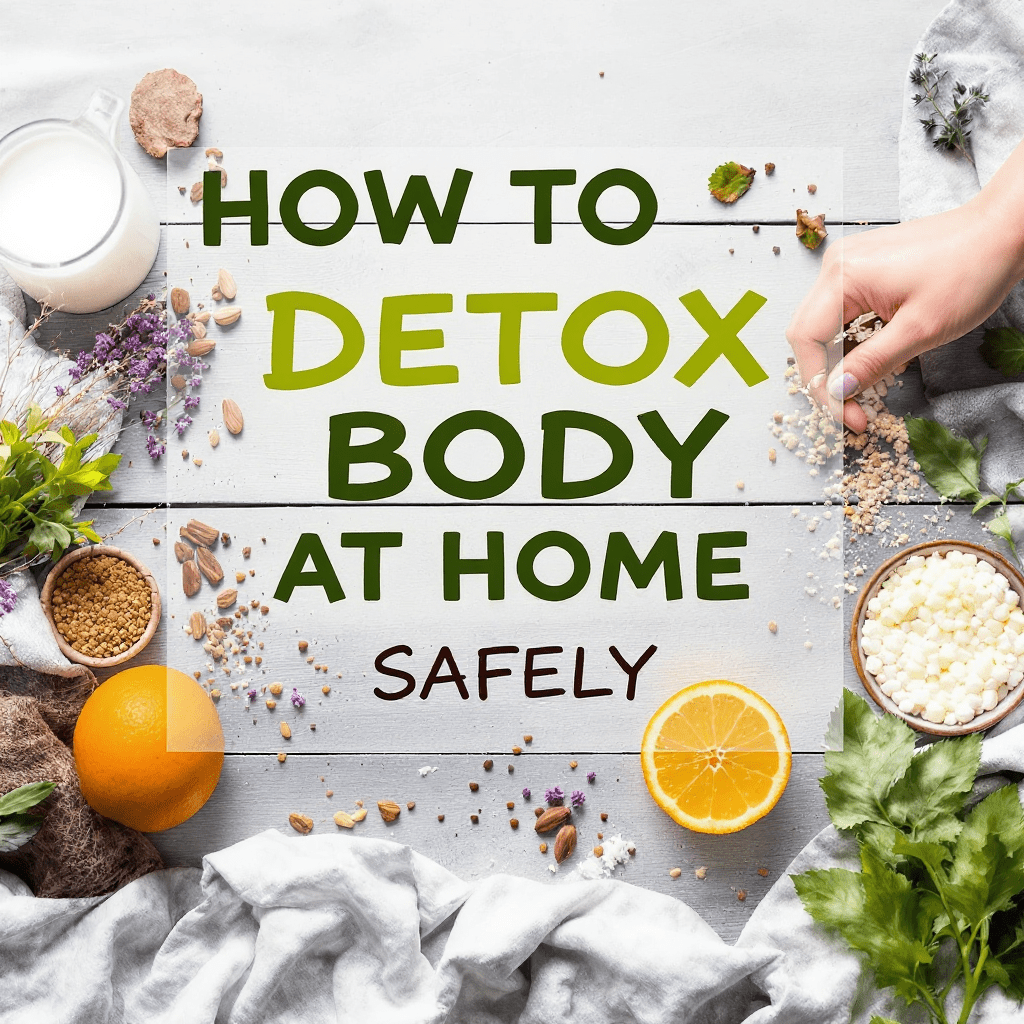
Table of Contents
Detoxifying your body can seem overwhelming, but done correctly, it can revitalize your health and boost your energy. The key is a safe science-backed approach that nourishes your body, not starves it. This guide explains how to detox your body safely at home by supporting your liver, avoiding harmful toxins, and creating a sustainable plan. From liver-loving superfoods like beets and turmeric to a simple 7-day detox guide you can follow, you’ll get practical tips that fit into your daily life.
Bursting the myths along the way we will be addressing the fads of detox including extreme fasting and other detox regimes, and telling you what really works in stimulating lymphatic drainage, gut cleansing and cellular detoxification. Adopting a new healthy lifestyle, or simply wanting to preserve the results you already achieved, you can find evidence-based information launched in this guide to trust. The detoxification process is about to begin!
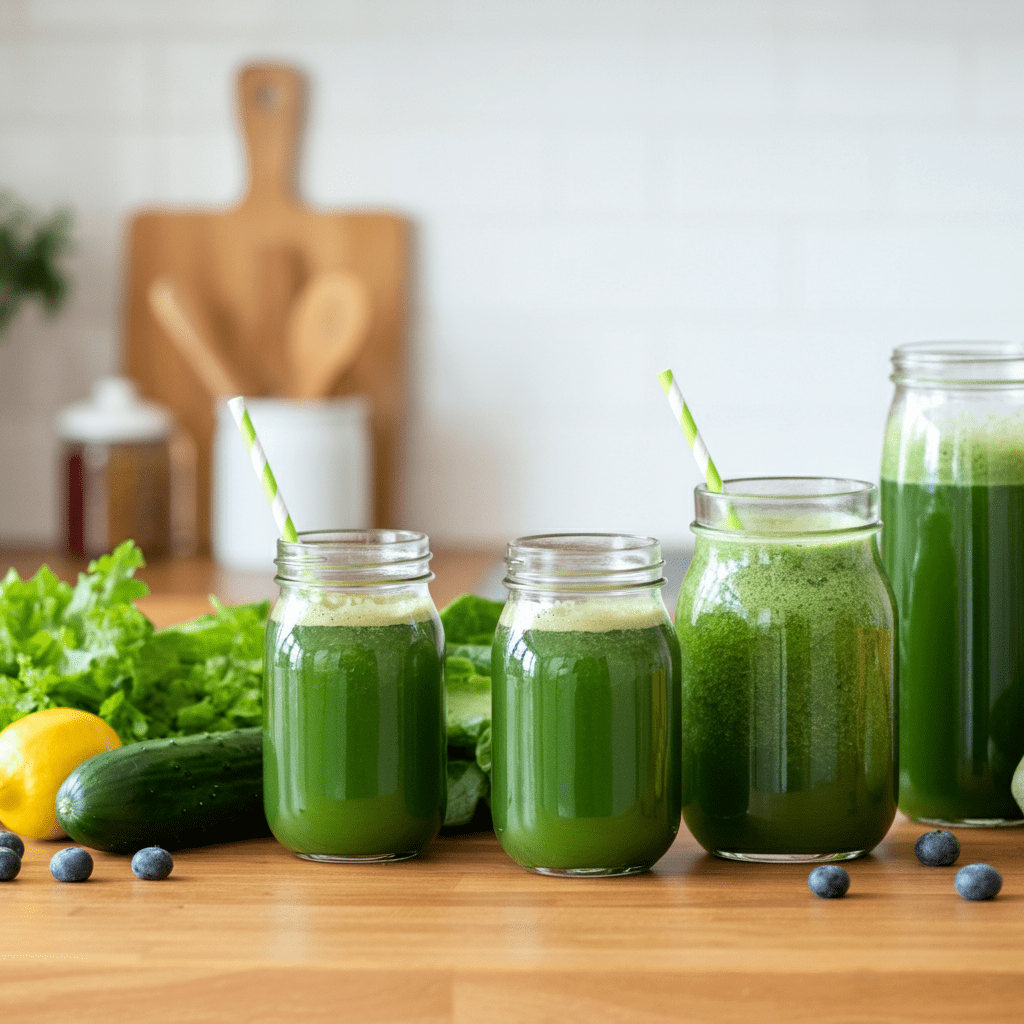
The Importance of Detoxification
Detoxification, or the process of eliminating toxins from the body, is a vital aspect of overall health and well-being. Our bodies are constantly exposed to harmful substances such as pollution, pesticides, processed foods, and chemicals in everyday products. These toxins can build up in our system over time and lead to various health issues.
While our bodies have natural detoxification processes through organs like the liver and kidneys, they can become overwhelmed with the amount of toxins we are exposed to. This is where intentional detoxing comes into play.
By giving our bodies a break from these harmful substances and providing it with proper nutrition, we allow our natural detoxification processes to work
Liver-Supportive Foods for Detox
Your liver is your body’s powerhouse for detoxification. Supporting it with nutrient-dense foods can boost its efficiency and speed up the detox process. Here are three liver-friendly foods you should add to your routine:
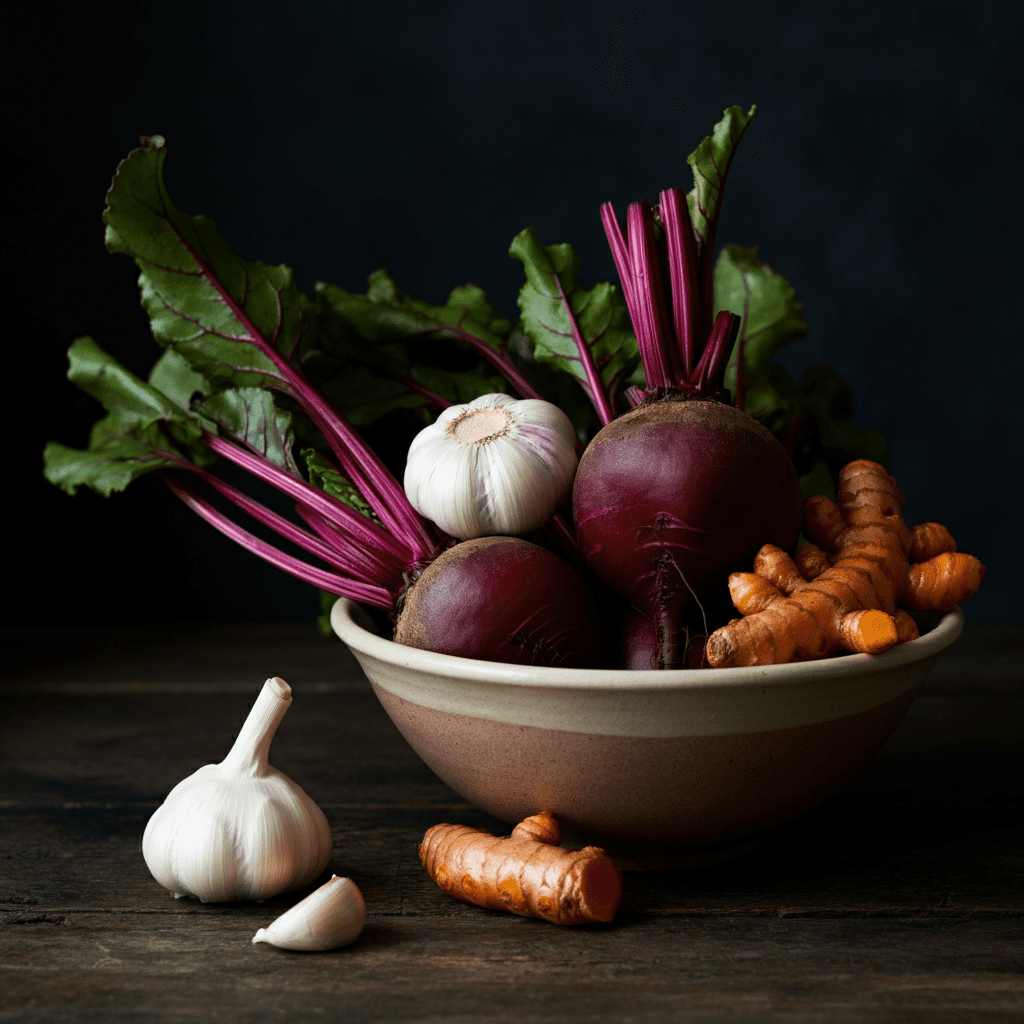
1. Beets
Beets are rich in antioxidants, betalains, and nitrates, which help reduce inflammation and support liver function. They also help your liver break down toxins and flush them from your system. How to use: Roast beets for a salad, blend them into smoothies, or juice them for a daily detox drink.
2. Garlic
Garlic contains sulfur compounds that activate liver enzymes, helping your body eliminate toxins. It also has selenium, an essential mineral that boosts detoxification. How to use: Add minced garlic to stir-fries, soups, or salad dressings for a healthy dose of detox-supportive nutrients.
3. Turmeric
This golden spice contains curcumin, which stimulates the production of bile and helps your body break down fats and toxins. It’s also a potent anti-inflammatory. How to use: Sprinkle turmeric in your dishes, brew it in tea, or take it as a supplement.
Toxins to Avoid
Detoxification isn’t just about what you add—it’s also about what you avoid. Harmful toxins in your environment can hinder detox efforts. Here are common offenders and tips to minimize exposure:
1. BPA (Bisphenol A)
Found in plastics and food packaging, BPA disrupts hormones and can accumulate in the body. Tip: Use glass or stainless steel containers and avoid microwaving plastic.
2. Pesticides
Pesticides on your fruits and vegetables may harm your liver over time. Tip: Wash your produce thoroughly and choose organic whenever possible.
3. Processed Foods
Artificial additives and preservatives add to your body’s toxin load. Tip: Stick to whole, minimally processed foods to support natural detoxification.
A Simple 7-Day Detox Plan
This 7-day detox plan is designed to be gentle and effective, focusing on meals and practices that rejuvenate your body without extreme measures.
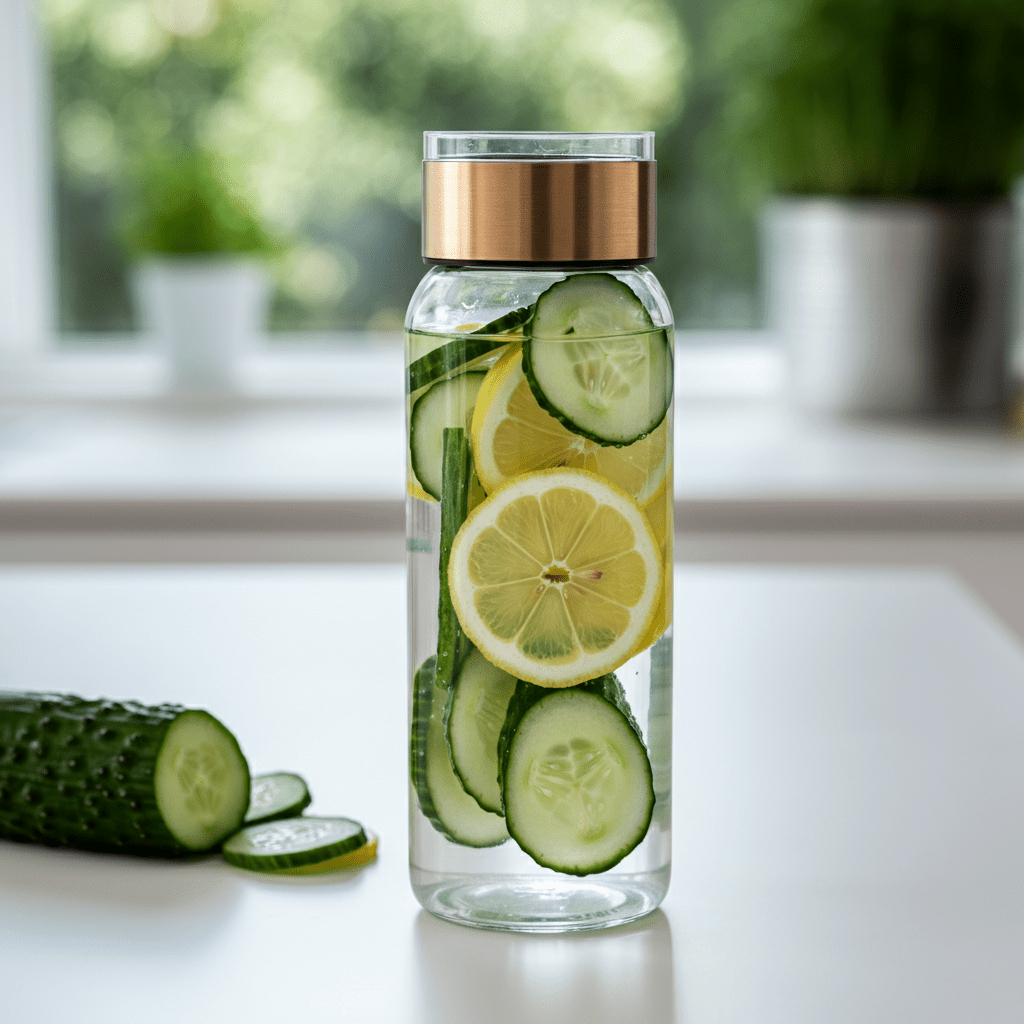
Day 1-2
- Breakfast: Green smoothie with spinach, banana, and a dash of spirulina.
- Lunch: Quinoa salad with beets, avocado, and lemon-tahini dressing.
- Dinner: Baked salmon with steamed broccoli and turmeric-infused rice.
- Hydration: Aim for 2-3 liters of water daily, infused with cucumber or lemon for flavor.
Day 3-4
Introduce more fiber for gut cleansing.
- Breakfast: Overnight oats with flaxseeds and fresh berries.
- Lunch: Garlicky chickpea soup with fresh herbs.
- Dinner: Stir-fried tofu with garlic, turmeric, and stir-fry veggies on brown rice.
Day 5-6
Focus on hydration and lighter meals.
- Breakfast: Chia pudding with almond milk and mango.
- Lunch: Mixed greens topped with beets, roasted sweet potatoes, and tahini-lime dressing.
- Dinner: Zucchini noodles with garlic-tomato sauce and fresh basil.
Day 7
Ease back into a balanced diet.
- Breakfast: Fruit salad with a side of green tea.
- Lunch: Lentil and kale soup.
- Dinner: Grilled chicken breast with asparagus and quinoa.
Daily Practices: Add light exercise, meditation, and dry brushing to stimulate lymphatic drainage and boost circulation.
Myths vs. Facts
When it comes to detoxing, misinformation runs rampant. Here’s what you need to know:
Myth 1: Extreme Fasting is Necessary
Fact: Prolonged fasting can deplete your energy and harm your metabolism. A nourishing diet is more effective for detoxing.
Myth 2: Detox Teas Are a Quick Fix
Fact: Many detox teas are laxatives in disguise. They might reduce water weight temporarily, but they don’t remove toxins.
Myth 3: Sweating Removes Toxins Faster
Fact: While sweating is healthy, the liver and kidneys do the heavy lifting when it comes to toxin removal. Focus on hydration instead.
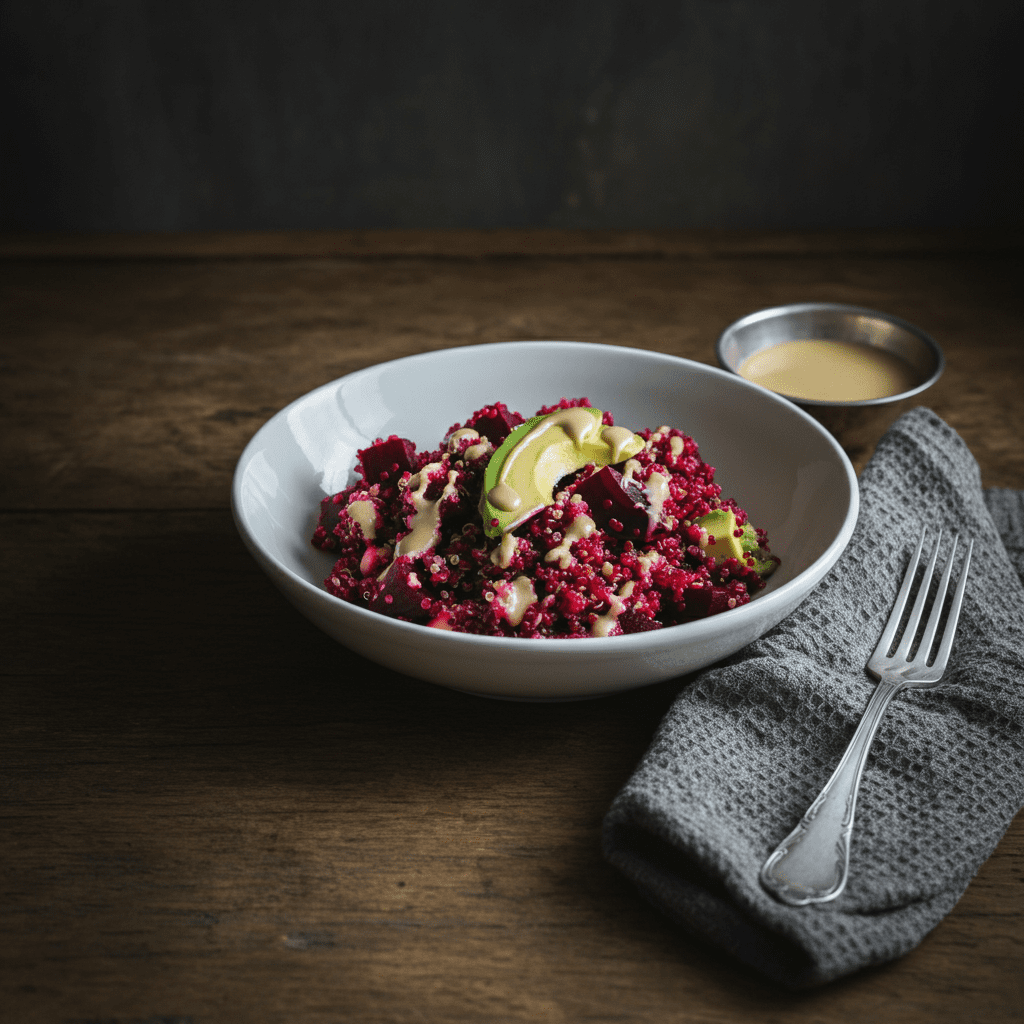
Maintaining Results Long-Term
A safe detox is just the first step. To keep your body healthy long-term, consider these tips:
1. Balanced Nutrition
Focus on whole foods rich in antioxidants, such as leafy greens, fruits, nuts, and seeds. Avoid processed foods and added sugars.
2. Regular Exercise
Physical activity not only supports overall health but also boosts circulation and lymphatic drainage, aiding your body’s detox systems.
3. Stay Hydrated
Drink plenty of water daily to help your kidneys flush out toxins effectively.
4. Stress Management
Chronic stress can overload your body with cortisol, which impacts detox processes. Practice mindfulness or yoga to keep stress in check.
5. Adequate Sleep
Sleep is your body’s prime detox time. Aim for 7-8 hours a night to allow proper cellular repair and recovery.
6. Limit Alcohol and Caffeine
Both alcohol and caffeine can put a strain on your liver and kidneys, hindering their ability to effectively detoxify the body. Limit your intake of these substances or opt for healthier alternatives like herbal teas or sparkling water.
7. Eat a Balanced Diet
Incorporating plenty of fruits, vegetables, whole grains, and lean proteins into your diet provides your body with essential nutrients necessary for optimal functioning and detoxification
People Also Ask Questions
Q1: What is the safest way to detox your body at home?
The safest way is through a balanced diet of nutrient-rich foods, proper hydration, and avoiding toxins like BPA and pesticides.
Q2: How long does it take to detox your body naturally?
It varies, but incorporating liver-supportive foods and hydration into your diet can show benefits within 7 days.
Q3: Can I detox my body without fasting?
Yes! A healthy detox focuses on nourishing meals, not deprivation, and includes practices like light exercise and good sleep.
Q4: What foods are best for detoxing the liver?
Foods like beets, garlic, and turmeric are excellent for supporting liver detoxification.
Q5: Are detox teas effective?
Most detox teas are not effective for real detoxification—they mainly serve as laxatives and don’t remove toxins.
Conclusion
Safe detoxing is the concept of feeding your body, making prudent decisions to prevent toxins, and making a long-term journey to wellness. You can ensure success by building liver-friendly foods, staying away from environmental toxins, and doing a basic 7- days quick fix program. The key? Detox is not a fad. Focus on something scientific and aimed at the improvement of your general well being.
Keep in mind that each of the small steps in the movement to healthier lifestyle counts. Detoxing does not have to be an overwhelming process, rather it should be all about striking the balance and giving your body what it needs once in a while. Be aware of your body, be regular and make healthy decisions and you should take care of yourself. Commit to the process and the patient will discover habits that will lead to a healthier life.
Take charge of your wellness today! Start your detox journey with these easy tips and feel the difference in your energy, clarity, and health.
M. Saim Akhtar
Certified Health Content Specialist at HealthBoostMax. INFS-qualified nutrition researcher with 5+ years of evidence-based health writing. Focus areas: health wellness Information, preventive medicine, nutritional biochemistry, and fitness science.
-

 Healthy Lifestyle & Nutrition3 months ago
Healthy Lifestyle & Nutrition3 months agoBest Foods to Boost Testosterone Naturally in 2025
-

 Healthy Lifestyle & Nutrition3 months ago
Healthy Lifestyle & Nutrition3 months agoHow to Boost Your Immune System Naturally (2025)
-

 Healthy Lifestyle & Nutrition3 months ago
Healthy Lifestyle & Nutrition3 months agoTop Superfoods for Energy in 2025 – Boost Your Vitality
-

 Disease Prevention & Health Tips3 months ago
Disease Prevention & Health Tips3 months agoCOVID Vaccine Heart Risk Warnings and Safety Update in 20025
-

 Fitness & Exercise3 months ago
Fitness & Exercise3 months agoSimple Exercises to Boost Flexibility with Arthritis
-

 Fitness & Exercise2 months ago
Fitness & Exercise2 months agoHealthy Meal Plans for Men | 3,000-Calorie Muscle-Building Ultimate Guide
-

 Men’s & Women’s Health2 months ago
Men’s & Women’s Health2 months agoHow to Balance Hormones Naturally for Women | Ultimate Hormone Balance Guide (2025)
-

 Mental Health & Wellness3 months ago
Mental Health & Wellness3 months agoQuick Stress Relief Techniques for Instant Calm(2025)
-

 Fitness & Exercise3 months ago
Fitness & Exercise3 months agoCardio Exercises for Weight Loss at Home in 2025
-

 Healthy Lifestyle & Nutrition2 months ago
Healthy Lifestyle & Nutrition2 months agoHow to Detox Your Body Safely at Home in 2025


